Thinking About a Guardian Dog? Read This Brutally Honest Guide First.
So, you’re thinking about getting a guardian dog. I get it. I’ve spent more than two decades in the dog world, and the interest in breeds that make us feel safer has skyrocketed. People come to me with a picture in their head—maybe a noble German Shepherd or a powerful Rottweiler—envisioning a loyal protector for their family. And while that can be true, the reality is so much deeper and more demanding than most folks realize.
In this article
Living with a true guardian breed isn’t like owning other dogs. It’s a massive commitment, way beyond just getting a furry alarm system. My goal here isn’t to sell you on a specific breed. It’s to give you the real-talk, no-fluff knowledge you need to decide if this path is genuinely right for you.
First things first, we need to be clear on our terms, because people throw them around interchangeably. A watchdog just alerts you by barking. Honestly, a feisty little Chihuahua can be a fantastic watchdog. A guardian dog, which is what we’re talking about, is a physical and psychological deterrent. Their very presence says, “don’t even think about it.” Then you have personal protection dogs, which are a whole other level. These are like canine special forces, trained for hundreds of hours to engage a threat on command. Let’s be clear: that’s not what the average family needs, wants, or should have.
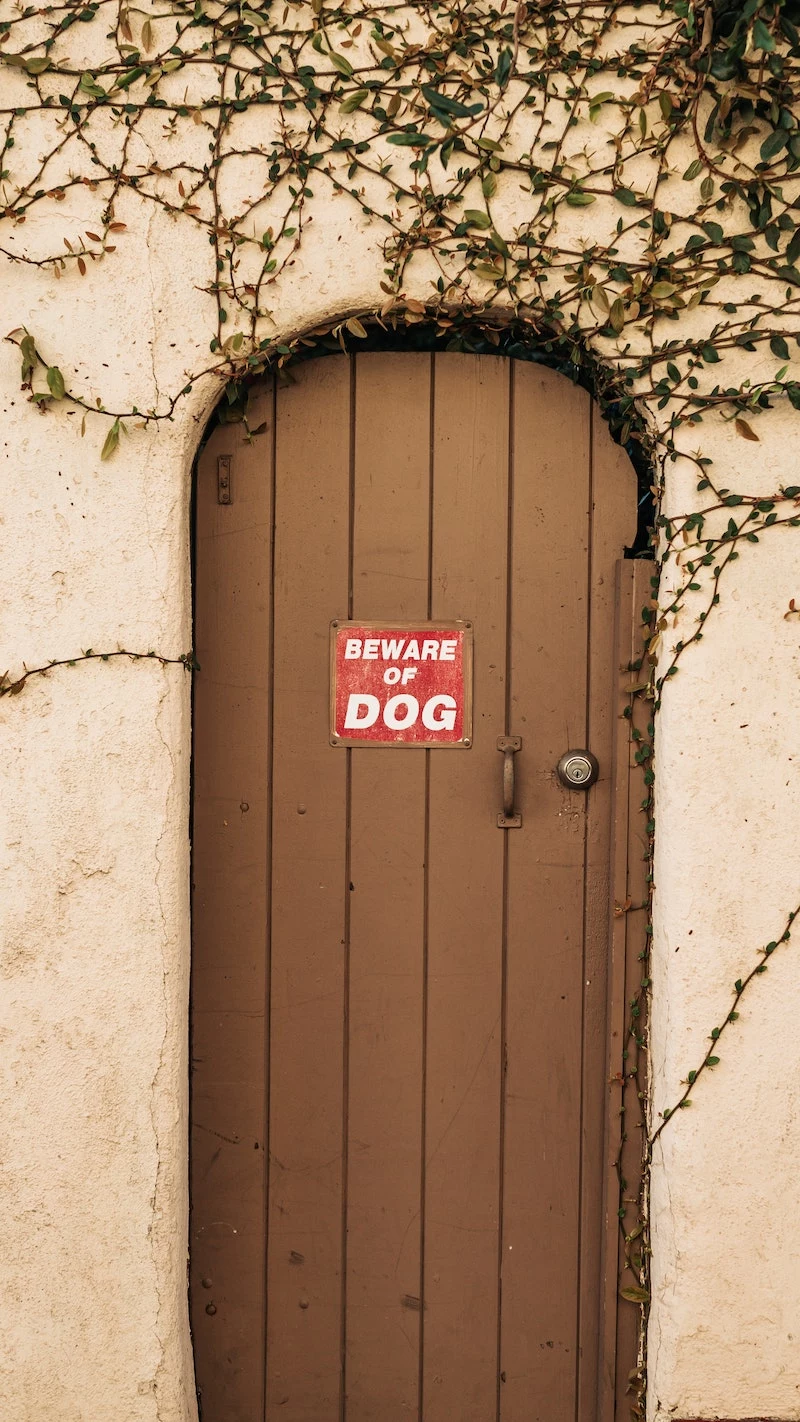
This guide is about guardian dogs. These breeds were shaped over generations to protect property, livestock, and people. You can’t just switch those instincts off. It’s a profound responsibility that demands knowledge, unwavering consistency, and a deep respect for the dog’s nature.
The Lifestyle Honesty Checklist: Are You Really Ready?
Before you even dream about puppies, let’s have a frank conversation with yourself. Choosing a dog for its looks without understanding its needs is a recipe for heartbreak. Ask yourself these questions, and be brutally honest.
- Finances: Could you handle a $5,000 emergency vet bill tomorrow without blinking? Are you prepared for pet insurance that can run $80-$150 a month for these breeds, on top of high-quality food that can easily cost over $100 a month?
- Your Home: Do you have a secure, solid 6-foot fence, or a concrete plan and budget to install one immediately? A 4-foot chain-link fence is a joke to many of these dogs. I once consulted on a case where a Cane Corso cleared a 5-foot fence without breaking a sweat to confront a mail carrier. The owner was found liable.
- Your Time: Can you dedicate 10-15 hours a week, every week for the first few years, specifically to training, socialization, and structured exercise? This isn’t just a walk around the block; it’s focused, consistent work.
- Your Social Life: Are you willing to hire a specialized, trusted dog-sitter who can handle a 120-pound dog instead of taking spontaneous weekend trips? Can you manage visitors to your home safely and proactively every single time?
If you hesitated on any of these, that’s a major sign to pause and reconsider. There is no shame in realizing a guardian breed isn’t the right fit for your current lifestyle.
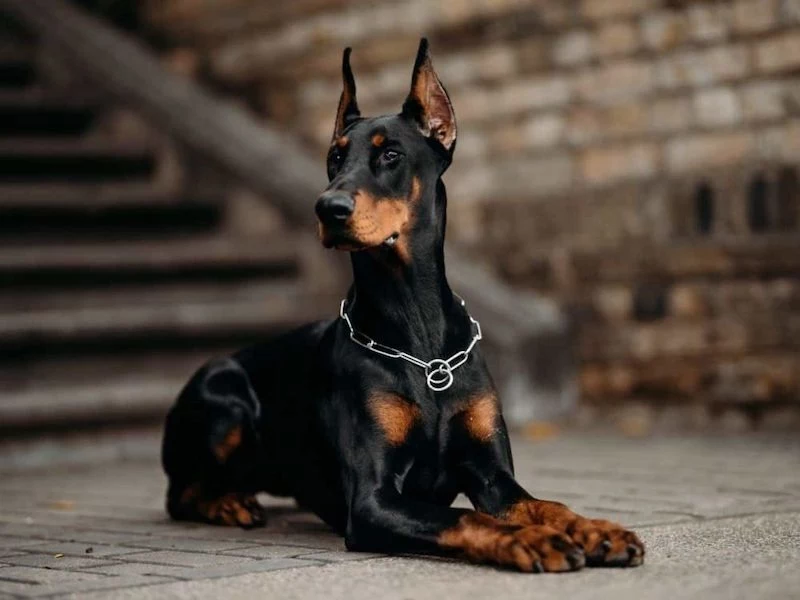
What Makes a Guardian Dog Tick?
To live with one of these dogs, you have to get what’s going on in their head. It’s not about them being “mean”—it’s all about genetics. These traits are hardwired.
- Territorial Drive: This is their core programming. Your home and yard are their territory to defend. It’s why they are naturally suspicious of visitors. Their job is to notice anyone who doesn’t belong.
- Defense Drive: This is the instinct to protect their pack (that’s you!) and their territory from a perceived threat. A well-bred guardian should have a high threshold for this, meaning they are confident and assessing, not reacting fearfully to every little noise.
- Suspicion of Strangers: A true guardian is not a social butterfly. They shouldn’t be aggressive, but they are naturally reserved. I’ve seen owners get frustrated when their powerful dog doesn’t want to be pet by strangers. That’s not its job! The goal is tolerance and stability, not golden retriever-level friendliness.
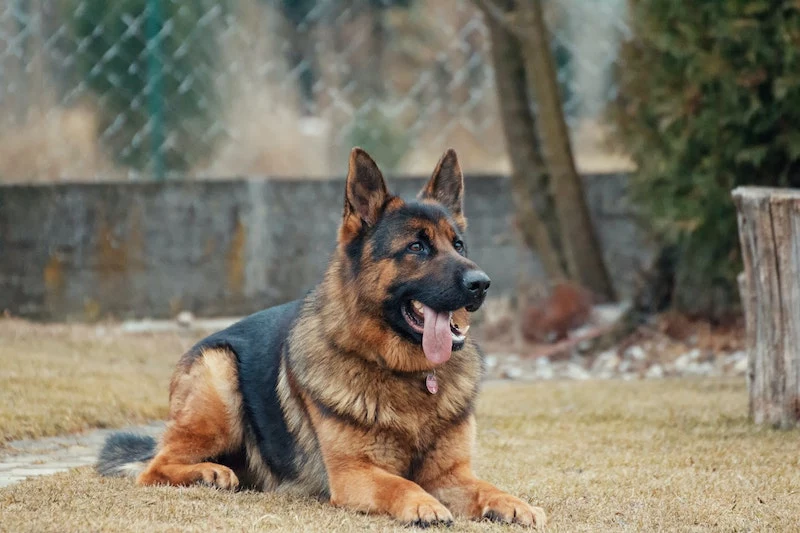
The Unvarnished Reality of Ownership
Let’s talk dollars and sense, because this is where dreams meet reality. Owning a large guardian breed is a huge financial undertaking.
A well-bred puppy from a breeder who does extensive health and temperament testing will likely cost thousands of dollars. A low price is a giant red flag. And that’s just the beginning. Here’s a quick shopping list of things people often forget:
- Extra-Durable Crate: Expect to pay $150-$300 for one that can safely contain a powerful dog.
- Professional Training: This is non-negotiable. Budget for it. A 6-week group puppy class might run $150-$300, while a private session with a behaviorist can be $100-$250 per hour.
- Chew Toy Budget: These dogs are power chewers. Plan on spending at least $50 a month just replacing durable toys.
And then there’s the part nobody likes to discuss: legal and insurance liability. Heads up! Your homework is to call your homeowner’s or renter’s insurance agent today. Say the words, “I am considering getting a Rottweiler (or Cane Corso, etc.), do you have a restricted breed list?” Their answer might make the decision for you. Many companies will raise your premiums or drop your coverage entirely. A dog bite can be financially and emotionally devastating. You are 100% responsible for your dog’s actions, always.
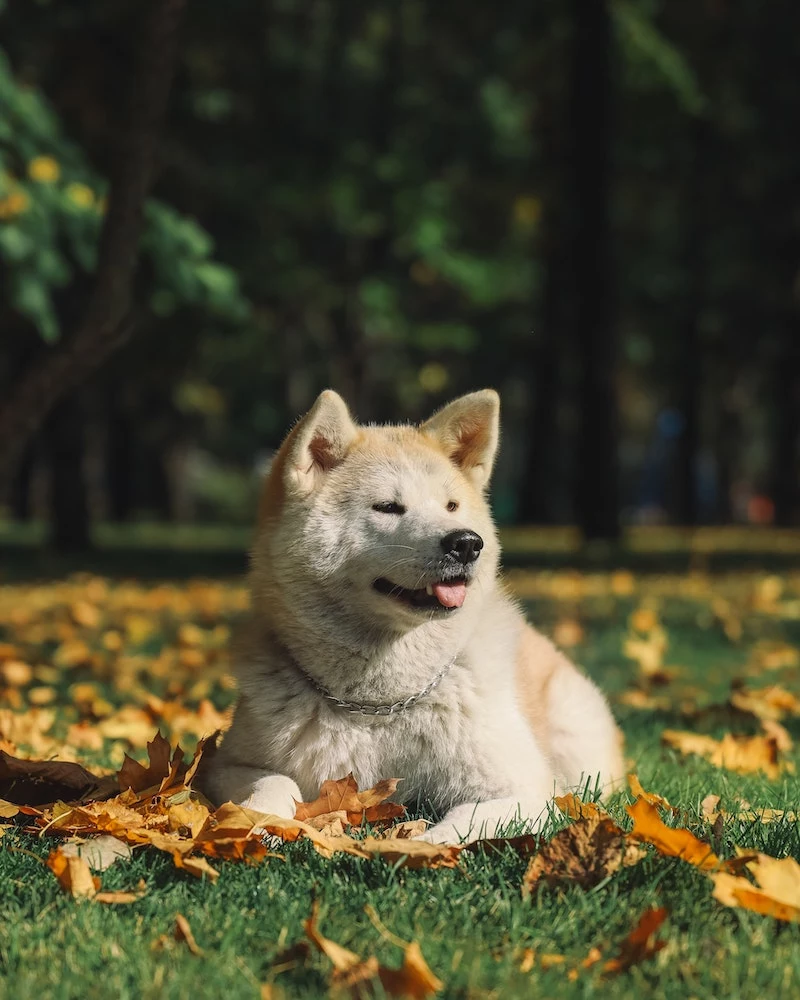
How to Raise a Stable, Reliable Guardian
A trustworthy guardian comes from a foundation of clear boundaries and proper socialization. The goal is a confident dog who looks to you for cues, not a liability who makes its own rules.
A common mistake is thinking socialization means forcing your puppy to be petted by tons of strangers. For these breeds, that can backfire and create anxiety. The real goal is habituation: teaching your dog what’s normal so it can spot what’s not. Take your pup to a park, but sit on a bench far away. Let them watch kids playing and people walking by from a distance. When they are calm, reward them. You’re teaching them that the world is mostly boring background noise.
Boundaries are everything. They provide structure, which makes a powerful dog feel secure.
Quick Tip: Teach Thresholds. This is simple but powerful. Your dog should always wait for your permission to go through a door or get out of the car. To start, put the leash on, open the door, and use your body to block the exit. Say “wait.” The second they pause, even for a moment, say “yes!” and let them through. This tiny exercise constantly reinforces your leadership.
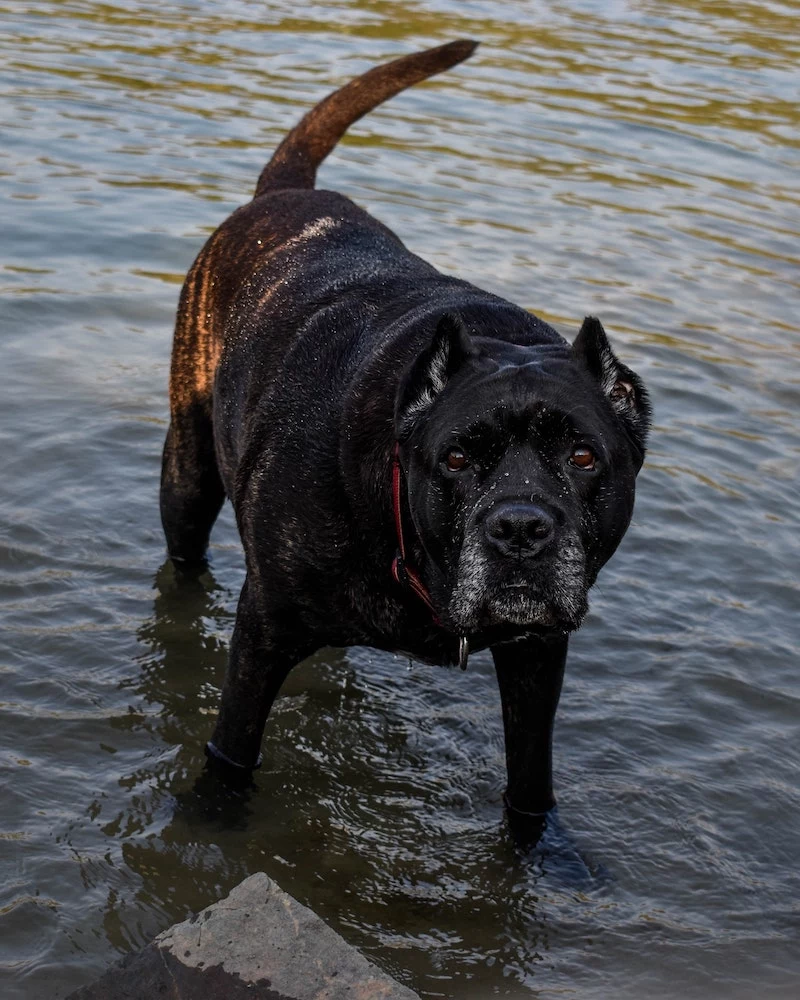
Another Lifesaver: The ‘Place’ Command. Teaching your dog to go to a mat or bed and stay there is invaluable. When a guest arrives, you can send the dog to its place. It prevents them from feeling the need to screen visitors at the door. Start by luring your dog onto the mat with a treat. Say “Place.” Reward them. Gradually increase the time they have to stay before getting the treat and a release word like “Okay!”
From my own experience, this works wonders. I once had a Rottweiler client whose dog would go into a frenzy when the mail carrier came. We spent weeks teaching a rock-solid ‘place’ command. Eventually, the mail carrier became the cue to go to the mat and wait for a treat. It turned a daily, stressful event into a total non-issue.
A Closer Look at Popular Guardian Breeds
Let’s break down some of these breeds with some added context. By the way, there’s no perfect way to compare them, but here’s a general feel for how they stack up in a few key areas:
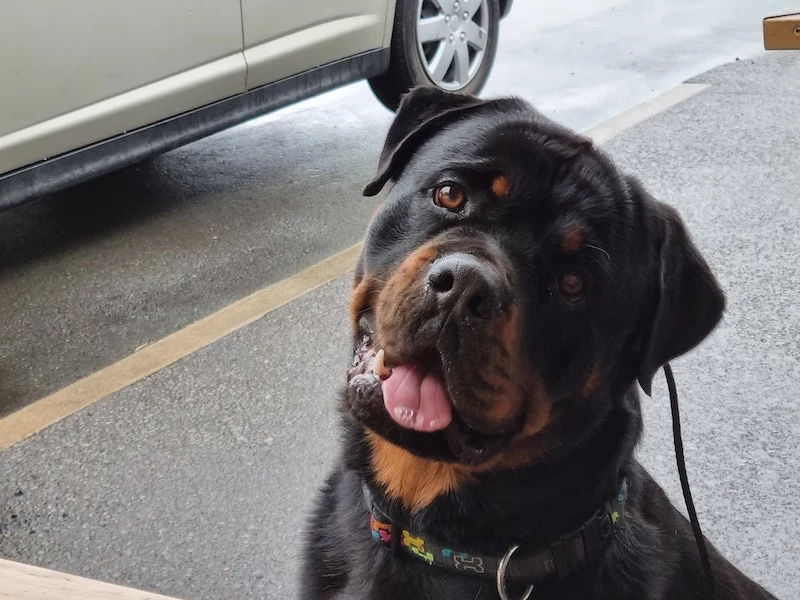
- Highest Energy: Doberman Pinscher, German Shepherd
- Most Likely to Bark: German Shepherd, Tibetan Mastiff (especially at night!)
- Training Difficulty: The mastiff-types (Cane Corso, Tibetan Mastiff) and the Akita require the most experienced, confident hand due to their independent nature.
- Potential Health Costs: Dobermans (heart issues) and German Shepherds (hips/elbows) can be particularly expensive if you don’t buy from an impeccable breeder.
- Good with Kids (with major caveats): The Rottweiler and Staffordshire Bull Terrier are often noted for their familial bonds, but no guardian breed should ever be left unsupervised with children. Period.
German Shepherd Dog
The ultimate jack-of-all-trades. They are whip-smart and loyal but need a job, or they’ll invent one, like rearranging your drywall. There’s a huge difference between lines bred for show and those bred for work; the working lines are far more intense. They are prone to hip and elbow dysplasia, so health certs are a must.
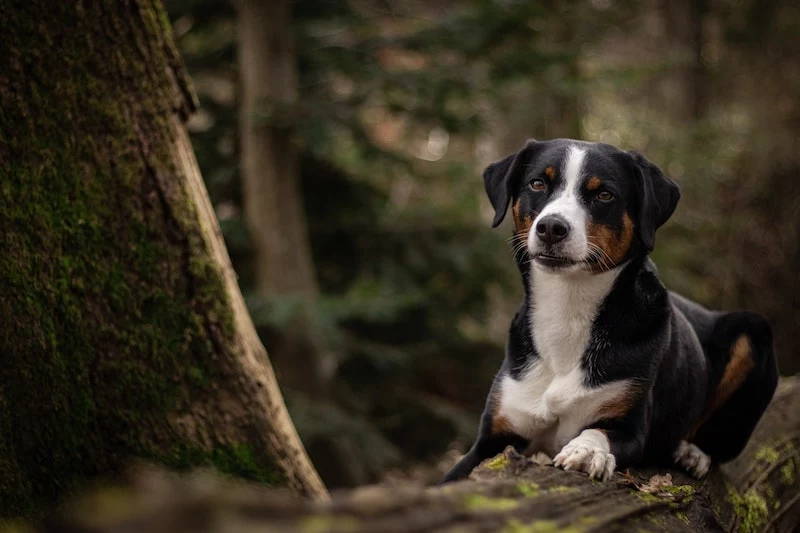
Rottweiler
Descended from ancient cattle-driving dogs, the Rottie is a calm, confident guardian devoted to its family. Their guarding style is often a low, rumbling growl—a serious warning that must be respected. They need tons of socialization to temper their natural suspicion of strangers and are often targeted by breed-specific laws.
Cane Corso
An Italian mastiff whose name basically means ‘bodyguard dog.’ They are assertive, powerful, and form an unbreakable bond. The idea that they are ‘impervious to pain’ is a dangerous myth. They are sensitive and will test you. If you aren’t a confident leader, this dog will run your life. For experienced owners only.
Akita
Dignified and intensely loyal to their family… and only their family. They are known for not tolerating other dogs, especially of the same sex. I have seen Akitas live peacefully with a housemate for years and then one day seriously injure them. They are not a dog-park dog, full stop.

Doberman Pinscher
An elegant and athletic breed developed for personal protection. They are velcro-dogs—incredibly smart and sensitive. A well-bred Doberman is discerning, not jumpy. The biggest issue today is health; a serious heart condition called DCM is rampant. Working with a breeder who does extensive cardiac testing is absolutely non-negotiable.
Tibetan Mastiff
This is a true, ancient livestock guardian. They are notoriously independent and primarily nocturnal. They will bark—a deep, booming bark—all night long. This makes them totally unsuited for suburban life. Owning one is like having a furry business partner who clocks in at sunset.
The Visual Deterrent: Staffordshire Bull Terrier
I have to be crystal clear here. While incredibly courageous, the Staffie falls into a different category I call the “Visual Deterrent.” They were bred to be family companions, and their defining trait is a profound love of people. A well-bred one is more likely to lick an intruder into submission. Their muscular look can be a deterrent, for sure, but their temperament is not that of a true guardian. It’s an important distinction.
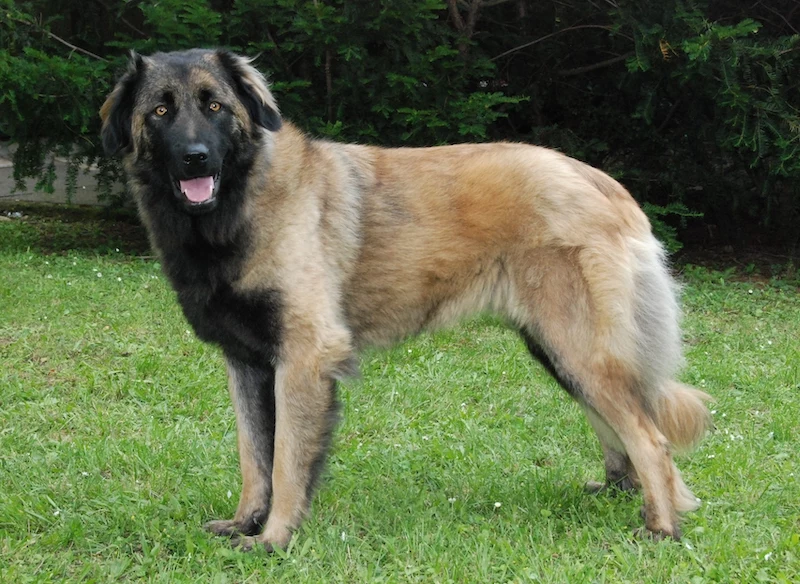
Finding a Responsible Source is Everything
Where you get your dog is the most important decision you’ll make. A great breeder is a guardian of their breed. They’ll show you proof of health testing—like certifications from the Orthopedic Foundation for Animals (OFA). Think of it like a certified report card for a dog’s joints and heart. A good breeder will proudly show you the parents’ passing grades. They’ll also interview you intensely because they want to ensure their puppy is going to the right home for life.
Or, consider a breed-specific rescue. The dogs often end up there because their owners were overwhelmed. The experienced fosters at these rescues can give you an invaluable, honest assessment of the dog’s temperament, triggers, and needs.
When to Call for Backup
Being a responsible owner means knowing when to ask for help. Contact a certified professional if you see resource guarding (growling over food or toys), leash reactivity (lunging at dogs or people), or any bite that breaks skin. Avoid any trainer who promotes harsh, punishment-based methods; these often make aggression worse.
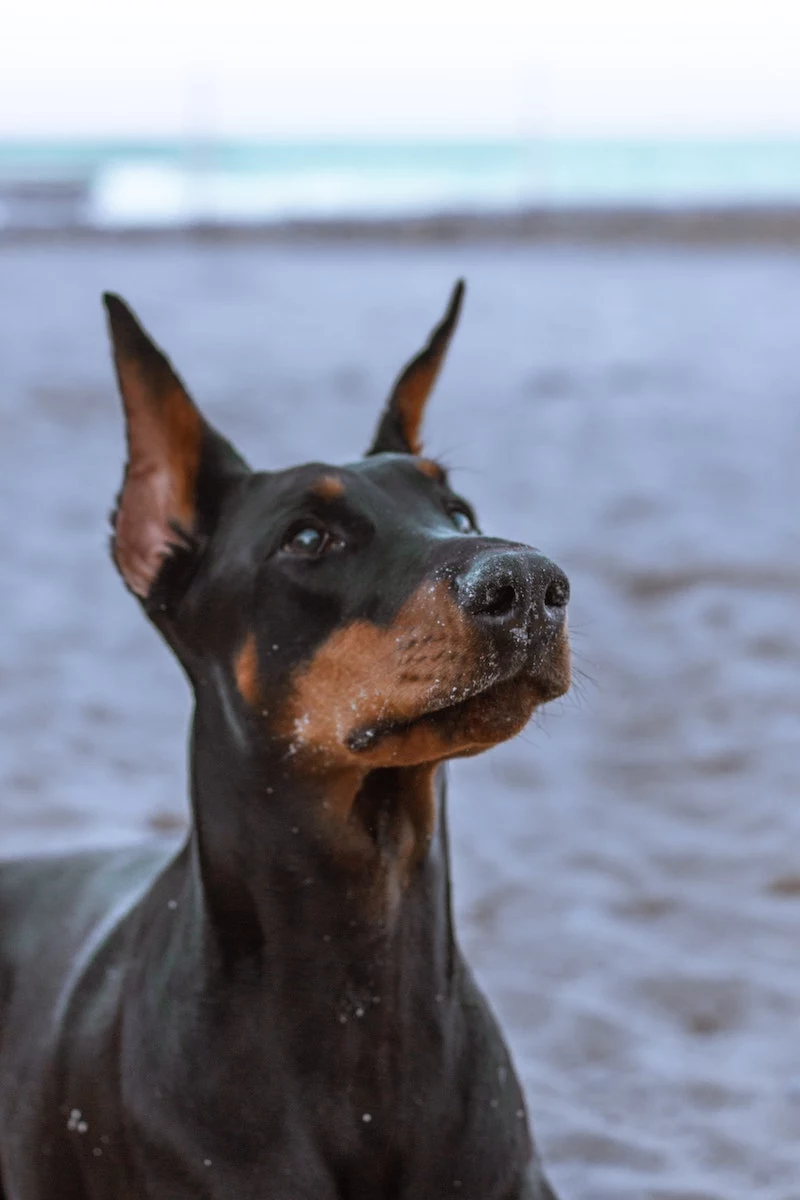
A well-raised guardian dog can be the most loyal partner imaginable. But that partnership is forged in respect, hard work, and a deep understanding of the powerful animal you’re sharing your life with. It’s a serious journey, but for the right person, it’s one of the most rewarding ones out there.
Inspirational Gallery
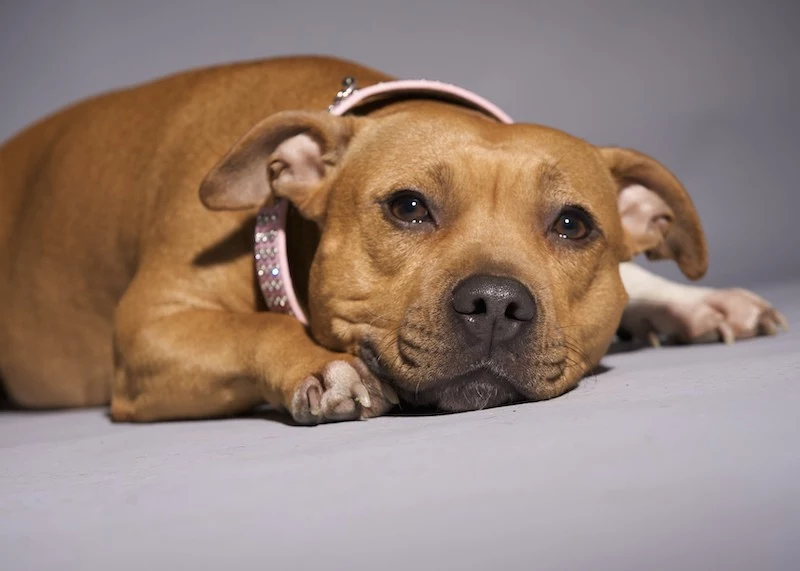
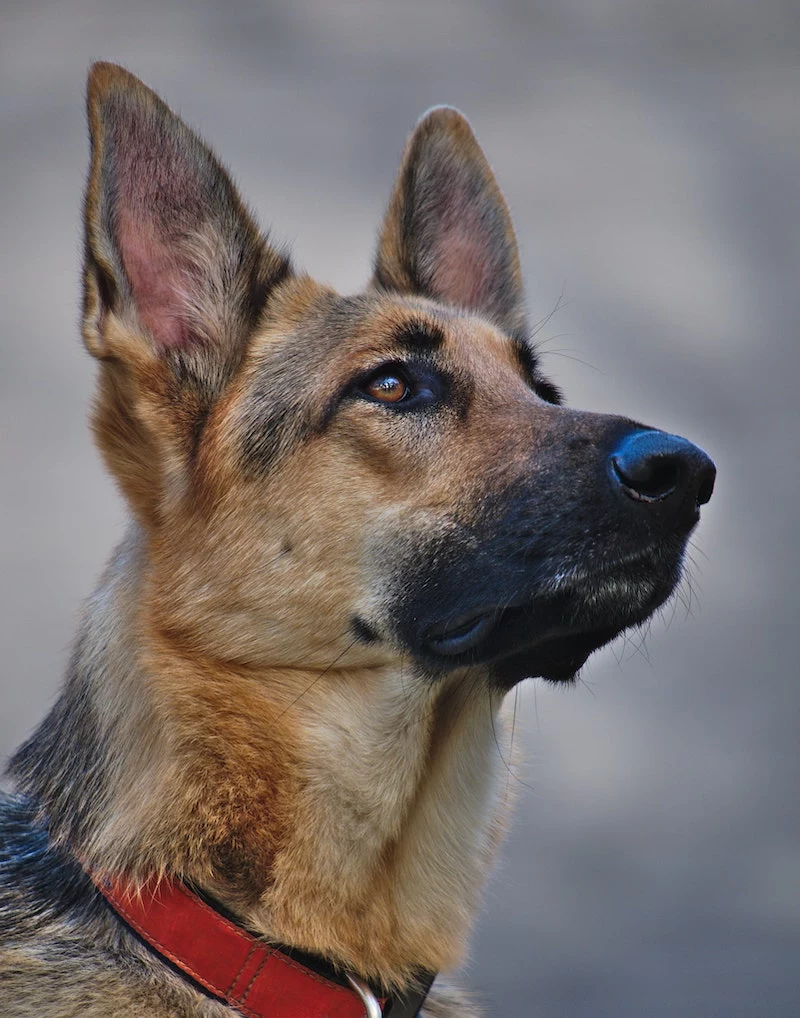
The American Society for the Prevention of Cruelty to Animals (ASPCA) notes that many guardian breeds are surrendered due to “behavioral problems” that are, in fact, normal, untrained expressions of their guarding instincts.
This statistic highlights a crucial truth: you don’t train a guardian dog *not* to be protective; you train them how to manage that instinct appropriately. Early, intensive socialization is non-negotiable. It doesn’t mean just trips to the dog park. It means controlled, positive exposure to countless scenarios—strangers in hats, children on bikes, loud noises, different surfaces—so the dog learns the difference between a normal occurrence and a genuine threat. Without this foundational work, their protective nature can curdle into fear, reactivity, and liability.
Beyond the food bowl: What’s the real gear investment?
Your standard pet store leash and collar are not enough. The plastic buckle on a typical nylon collar can snap under the pulling force of a determined 100-pound dog. Invest in equipment built for strength and safety. Think about a wide, padded leather or double-stitched nylon collar with a metal buckle, like those from brands such as Ray Allen Manufacturing or Tactipup. For harnesses, look for models with front and back clip options and load-rated hardware, which gives you far better control and security during walks.










